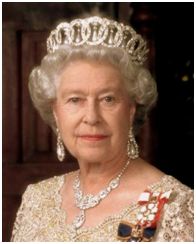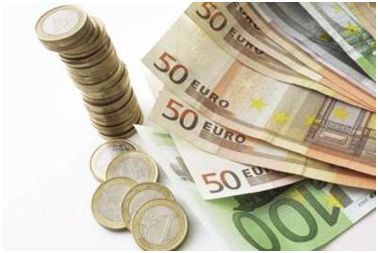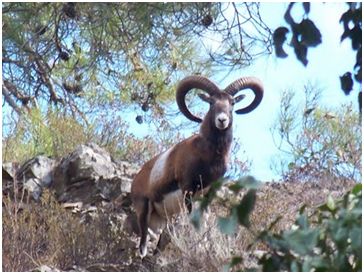
If you were searching for Dhekelia you’re on the right page. Don’t let the UK flag fool you. Not only does Dhekelia share a common flag with the UK but also their national anthem – God Save the Queen; and falls under their (the UK) rule. Let’s take a quick walk through this little known country.

The 1960 Treaty of Establishment created this independent Republic of Cyprus. The terms of this treaty allowed the UK to retain complete jurisdiction over two areas of approximately 254 sq.km. The larger of the two is the Dhekelia Sovereign Base Area a.k.a. Eastern Sovereign Base Area. Like in Australia, the highest authority has always been represented by the Queen of England. Queen Elizabeth II has been the Chief of State since 6 February 1952. However, the Administrator Air Vice – Marshall Graham Stacey controls the countries day-to-day activities and reports to the British Ministry of Defence.

The existence of Dhekelia does not contribute to the world. To be direct, the primary objective of the country’s existence is to provide service and assistance to the military families and the UK armed forces located there. It conducts very few industrial and economical activities as a whole and depends on imports for food and manufactured goods.
As of 2008, Dhekelians started using the Euro for their financial transactions; prior to that the Pound did the rounds.

Dhekelia lies on the southeast coast of Cyprus near Famagusta. The area is approximately 130.8 sq.km. and is about three quarters the size of Washington DC. The climate is temperate with non-humid heat during the summer months. The highest temperature experienced by the Dhekelians is in July and August. The winters are cooler and come along during the months from December to February. Snowfall is not very frequent and the country receives little, if any at all. The monsoons start from November and go on throughout the month of March.
The residents of Dhekelia consists of Cyprus natives which make up half of the population, the remaining are the members or employees of the UK military and their underage children (dependents). Languages spoken are mainly Greek and English.
Dhekelia, in fact possesses no military defense of its own. You have probably already guessed that defence is the responsibility of the UK and includes Dhekelia Garrison and Ayios Nikolaos Station which are connected by a roadway.
Dhekelia is home to many unique animal species. The topography of the country is rocky and dry and the typical environment is quite sunny. The animals of the country have adapted over time to the warm Mediterranean climate. The Cyprus spiny mouse and the Cypriot Mouse nest in rugged rocks and their diet includes insects, seeds and small fruits. The Cypriot Mouse has huge eyes, ears and teeth and are unlike your common household mice. It is a rare species of mice and can be traced back 10000 years making it a ‘living fossil’. Another ancient animal is the Cyprus Mouflon, a wild sheep, that roams the hilly areas of Dhekelia. It is brown in colour and sports short curly hair and brown and white markings. The males carry large backward curved horns. Along with being the ancient living ancestor of modern domestic sheep it also holds a title of National animal of the country. The two rare bird species found here are the Cyprus warbler and the Pied Wheatear, both owning a place on the endangered species list, are very hard to spot. The reptile slot is filled by the Troodos Lizard, a small lizard with dark brown lateral stripes and the Whip Snake, a non-venomous brown snake that is unique to Dhekelia. It grows as long as 9 feet. The flowers in the countries are visited by unique species of butterflies, including the Cyprus Meadow Brown, the Paphos Blue and the Cyprus Grayling.

G Kowledge of | 0 Comments >>
0 Comments
Leave Comment
Your email address will not be published. Required fields are marked.